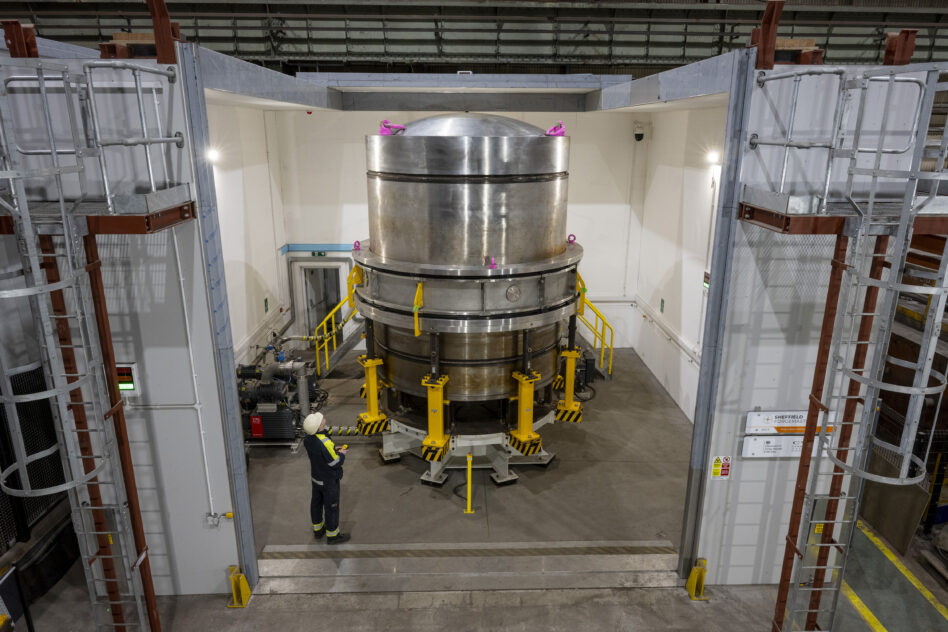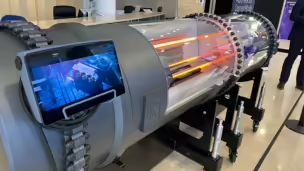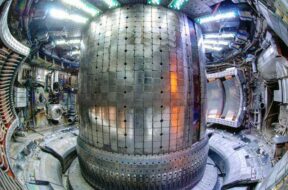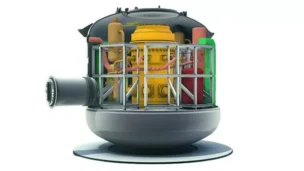Despite the hype for the relative simplicity and lower building costs of SMRs, they can still take years to construct and cost billions of dollars in the process. A British engineering company called Sheffield Forgemasters thinks it can heat things up.
The team recently built an SMR demonstration vessel with the help of local electron-beam welding, a technique that shoots a beam of high-velocity electrons to melt and join materials. This can finish the welding work required for such a vessel in less than 24 hours—instead of the current yearlong timeline.
“Although other organizations are researching the feasibility of doing this, no other organization we are aware of has produced a full-scale small modular reactor demo vessel, nor at the thicknesses we have achieved,” Michael Blackmore, a senior development engineer at Sheffield Forgemasters, told Ignition.
The company reported a 100% success rate and no defects in the welding work, adding that the technique could replace costly welding techniques that come with regular inspections.
A step forward: Typically, SMR vessels are built with arc welding, which applies electricity to combine components over multiple passes.
- Local electron-beam welding can be completed in one go with a deep, high-energy and highly accurate weld.
- Electron-beam welding also proves tougher by adding heat treatment and forgoing filler metals, which can degrade over time.
“It is expected that the quality of the weld is of superior nature when compared to conventional techniques,” Jesus Talamantes-Silva, director of Sheffield Forgemasters’ R&D facility, told Ignition.
Finding a market: This high-tech welding work was sparked by a nuclear innovation program partly funded by the UK government. Sheffield Forgemasters has signed agreements to collaborate on future UK facilities with SMR developers including Rolls-Royce SMR, NuScale Power and GE Hitachi Nuclear Energy.
Now, Sheffield Forgemasters is preparing for a joint industrial project in the UK with “key participants from the US and UK” that’s set to run for about two years.
Up to code: With this upcoming project, the team aims to convince the American Society of Mechanical Engineers to modify its code to better accommodate electron-beam welding in pressure system construction—a step that could help spark SMR development throughout the US.




